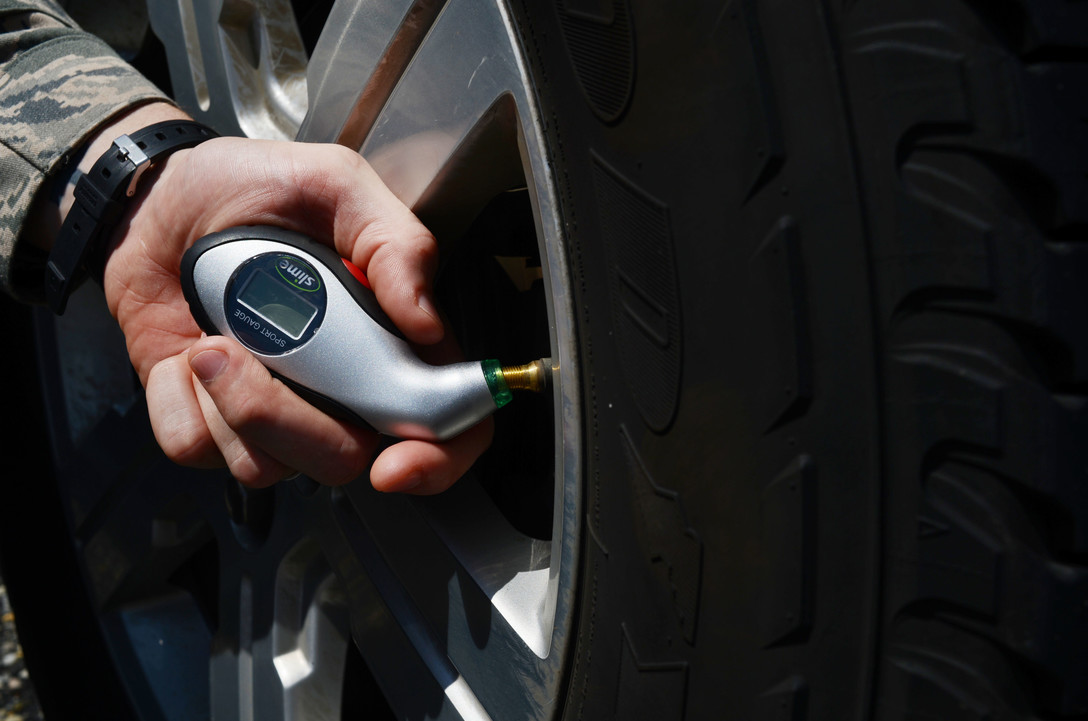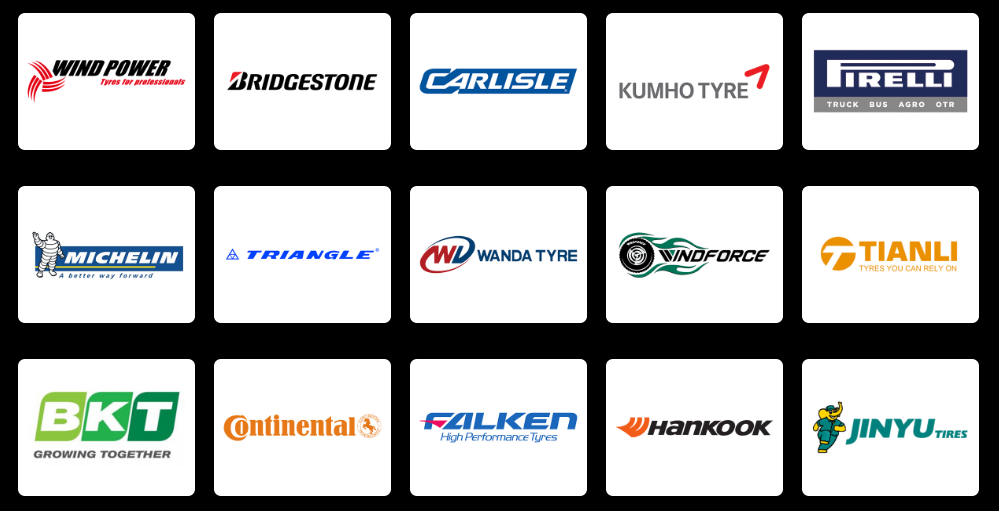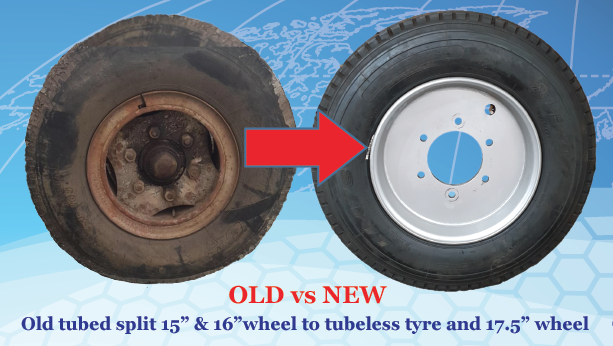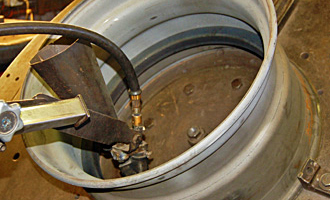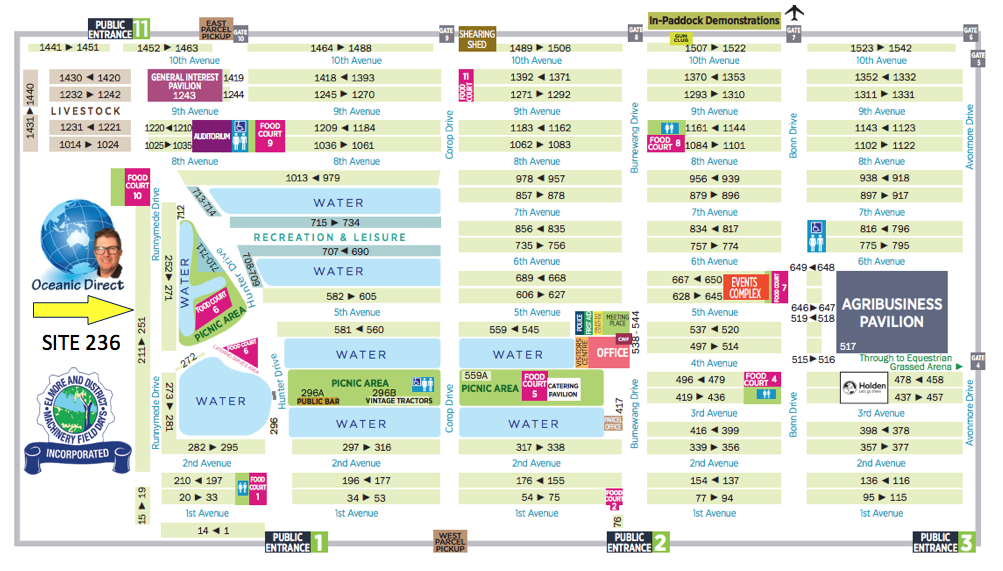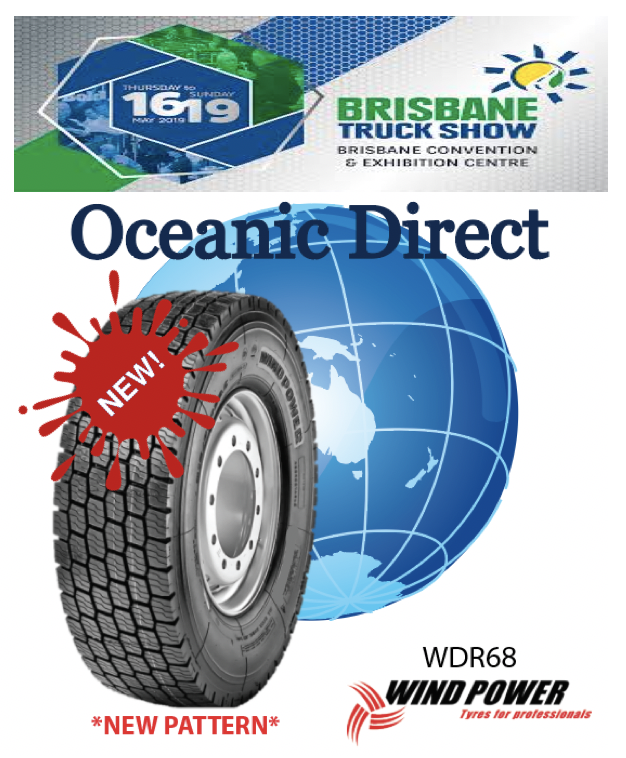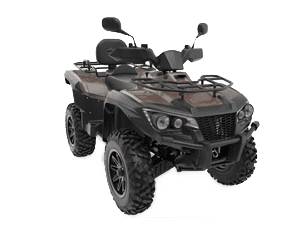
At a glance:
- Worn treads, incorrect pressure, and terrain mismatch are leading causes of control loss and rollover risk in ATVs.
- Improper tyre sizing or mismatching tread patterns creates drivetrain strain, uneven wear, and reduced steering precision.
- Overloading tyres or ignoring age-related degradation can lead to blowouts, sidewall failure, or compromised stability.
- Tyre fitment errors and loose fasteners increase the chance of detachment or vibration-related damage during high-impact use.
ATVs are built to handle rough terrain, heavy loads, and challenging conditions. But the performance and safety of any ATV ultimately depend on its tyres.
The tyres made for ATVs provide traction, carry weight, and work in harmony with the drivetrain. In addition, your ATV’s movement, braking, cornering, and climbing rely on the tyres doing their job precisely. Negligence in installation, poor maintenance, or incorrect tyre choices can cause accelerated wear, vehicle damage, and serious safety issues.
This blog covers the most common and preventable ATV tyre hazards, helping you diagnose problems early and operate with greater control, safety, and efficiency.
Worn Tread and Reduced Traction
Tyre tread serves a critical mechanical function by creating friction with the terrain and enabling directional stability under varying load and surface conditions. ATVs used in off-road or agricultural environments rely on deep tread lugs to grip loose surfaces, shed mud, and maintain stability.
But as tread depth drops below functional thresholds, typically 4–5 mm for off-road tyres, the shedding action weakens, and traction decreases sharply.
In addition, worn tread reduces lateral grip and lengthens braking distances, particularly on slopes or unstable ground. This increases the risk of side-slip or rollover under load.
ATV users should use a tyre depth gauge to measure tread at multiple points, as visual checks might not always be reliable. Any tyre showing bald spots, uneven wear, or visible cracking in the tread should be replaced with one that matches both the terrain and load requirements.
Incorrect Tyre Pressure: Underinflation and Overinflation
Pneumatic tyres function by containing pressurised air within a sealed cavity to support load and maintain footprint geometry. In ATVs, incorrect inflation can alter the shape and stiffness of the contact patch, degrading tyre performance and increasing component fatigue.
- Underinflation causes excessive sidewall flex, heat buildup from increased rolling resistance, separation of tyre layers (ply separation), and slower steering response.
- Overinflation causes reduced contact area, increased ground pressure, crown wear, and higher fracture risk on rocky terrain.
Tyre pressure should be measured when the tyres are cold, using a calibrated low-range gauge. You should refer to the manufacturer’s specification manual to determine the optimal operating pressure. Typically, most ATV tyres run between 4 and 7 PSI for soft terrain and up to 12 PSI for hardpack or utility use.
Using the Wrong Tyre for the Terrain
Tyres are designed with specific tread geometry, carcass flex, and compound hardness to suit different types of terrain conditions. Here are some common ATV tyre types and the conditions they’re best suited for:
- Mud tyres feature wide, deep lugs that clear mud and provide grip on soft ground, making them ideal for muddy or loose surfaces. On paved or hard ground, however, they wear quickly and ride roughly.
- Sand tyres have paddle-style treads with wide footprints that stay on top of loose sand, making them ideal for sandy terrain. They provide less grip on inclines or firm ground.
- All-terrain tyres strike a balance for general use and versatility across conditions, but are less effective in deep mud or shifting sand.
- Utility tyres are built for durability, with reinforced sidewalls and compact tread patterns ideal for heavy loads at low speeds in agricultural settings.
In essence, improper tyre use causes directional instability and places uneven loads on the steering and suspension system, leading to mechanical fatigue.
Thus, operators should match tyre type to terrain and operational duty cycle, and where mixed conditions are expected, consider modular wheelsets or hybrid tread options.
Mismatched Tyre Sizes or Tread Patterns
On ATVs with 4WD or locked differentials, all tyres need to be the same size and rotate at the same speed. Mismatches in tyre size and tread patterns can create torsional stress, especially during differential engagement or tight-radius turns.
When tyre sizes don’t match, it affects the drivetrain, leading to:
- Uneven torque distribution between axles
- Driveline binding in limited-slip systems
- Increased wear on CV joints, gear sets, and steering linkages
- Accelerated tread scalloping
To prevent such issues, tyres should be replaced in full sets or at a minimum in axle-matched pairs. Operators must consult OEM specifications for overall diameter (OD), rolling circumference, ply rating, and load index to protect your drivetrain.
Read More: Bead To Tread: A Beginner’s Guide To Understanding ATV Tyre Anatomy
Overloading the ATV
Each ATV tyre is rated with a load index that indicates the maximum static and dynamic weight it supports at a given pressure. Exceeding this metric can result in overstressed sidewalls, carcass fatigue, and increased internal heat generation during operation. As a result, the tyres could face catastrophic failure such as belt separation, blowouts, or rim damage.
Operational loads are not only the rider’s weight. Passengers, cargo, speed, terrain impacts, and even braking all contribute to the strain. Load transfer during braking or hill descent can transiently exceed rated limits if margins are insufficient.
To prevent these issues, operators must verify both single-tyre and combined axle load ratings when selecting tyres. For applications such as frequent towing, farm implements, and two riders, choose reinforced 6-ply (or higher) tyres.
Tyre Aging and UV Degradation
Tyres wear down not only from regular use but also from exposure to the environmental elements. Ozone, UV radiation, and repeated temperature swings all break down the rubber compounds, reducing elasticity and causing microcracks.
Over time, tyres develop ‘dry rot’, which causes:
- Cracking along the sidewalls
- A brittle, chalky surface texture
- Tread separating from the casing
- Visible oxidation or surface fatigue
Even unused tyres stored outdoors can degrade over time. Tyres carry a manufacturer date code (DOT), usually on the sidewall, not an explicit expiry date. Most manufacturers recommend replacement after about 5–6 years regardless of tread depth.
Therefore, ATVs stored in sunlight or operated seasonally need tyre replacement, based on age and condition, not just mileage.
Installation Defects and Fastener Loosening
Poor tyre installation can lead to dangerous outcomes, especially if the bead isn’t seated properly on the rim. Issues like uneven beading or excessive lubrication during mounting can break the airtight seal, causing slow leaks, sidewall deflection under load, or even tyre separation during cornering.
To avoid these problems, take the following actions:
- Inflate to seating pressure and check bead contact
- Torque wheel nuts in a star pattern, typically to 50–70 Nm
- Retorque after the first 10–20 km and during heavy-duty use
In a nutshell, tyre failures are usually caused by small oversights in tyre choice, maintenance, or installation. On ATVs, these minor issues can quickly lead to vehicle breakage and serious safety risks.
What sets professional ATV operators apart is not just the tyres they use, but their tyre knowledge. Understanding the implications of tread design, tyre sizes, pressure, load, and age allows ATV owners to maintain vehicles effectively, ride safely, and get the best performance across all terrains.
Choose tyres built for the demands of Australian terrain, and partner with experienced ATV tyre suppliers like Oceanic Direct for reliable ATV performance.
Find your perfect ATV tyre from our range of terrain-tough, professionally engineered ATV tyres today.
FAQs
Can I repair a punctured ATV tyre, or should it be replaced?
Small punctures somewhere in the tread can often be repaired with a vulcanised patch or plug if the casing is intact. Tyres with internal structure damage, such as sidewall damage, belt separation, or bead damage, should be replaced.
How do I store ATV tyres during the off-season?
During the off-season, store ATV tyres in a cool, dry, and dark environment away from direct sunlight, ozone sources (like electric motors), and temperature fluctuations. If stored on rims, reduce inflation pressure to about 50% of the operational PSI and use tyre bags to minimise exposure.
What safety gear should I wear when operating an ATV?
At minimum, wear a certified helmet, goggles or visors for eye protection, gloves, long sleeves, long pants, and over-the-ankle boots. For higher-risk or off-road conditions, add chest protection, knee guards, and a neck brace.
